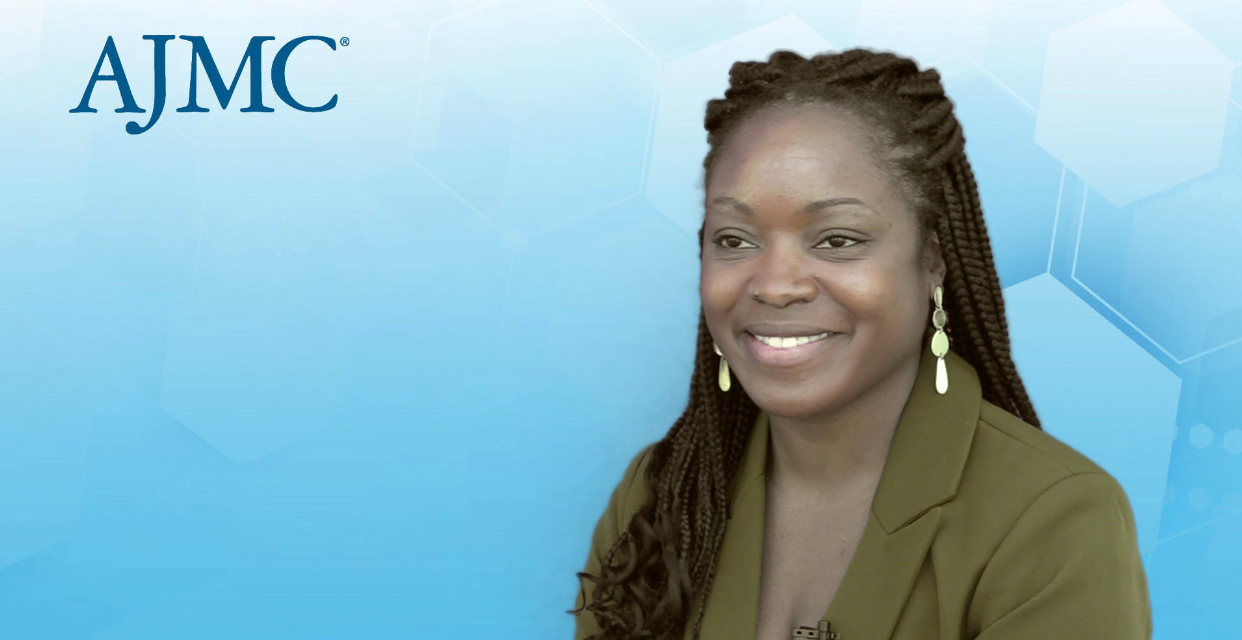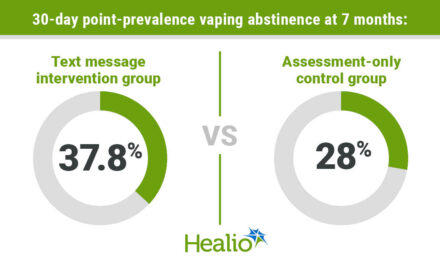
Personal connections are pivotal to Accessia Health’s approach to improving health equity and access. The national nonprofit provides comprehensive support to individuals with rare or chronic health conditions and ensures that services reach the most vulnerable populations by partnering with community-based organizations that understand local demographics and tailor their approach to address geographic disparities, Tiara Green, MSEd, president of Accessia Health, shared in an interview.
How does Accessia ensure services are reaching the most vulnerable populations? Is the organization addressing geographic disparities in access to care?
That’s where we talk about those community-based organizations. One of the first things I learned early on in public health is, when you’re coming up with a project, you partner with community-based organizations who have already been in that area; they understand the demographics. Look at the people that you’re serving, who are they? What is it that they need? What are the barriers? It’s doing that first step needs-assessment to see where you start.
And then from there, every zip code, every area is going to need something different, you can’t just take one method and just plop it in these different areas. If someone is in a rural area, they’re going to need something different than maybe necessarily an urban area.
So, when we talk about those geographic areas, I mentioned a project with the Louisville community in Louisville, Kentucky, where we partner with the coalition to transform advanced care. And using those faith-based leaders, we are saying this community, which is predominantly African American, needs something different than maybe a few zip codes away. We know that those in that zip code in that one area have an 11-year difference in life expectancy than a neighboring zip code. So what is it that we can do to make sure that we are getting them the proper care? It’s a project comprised of many different organizations in being able to address address all of the social determinants of health.
How do you see personal connections factor into this approach to achieving health equity, particularly in the context of rare and chronic diseases?
When I think of personal connections, I automatically think about our tagline, and it’s “we speak health inhuman.” And I often try to say when we are talking about those that we serve, it’s important that we realize they are people, right? And people react better when there’s a personal connection; they’re human. So the ability to speak health and human brings that personal connection into play, where we’re saying, “I see you for who you are, you are not defined by your condition. How is it that we can help you?” We connect on that level.
And we worked with advocacy organizations to better understand the needs of these target populations. What are those organizations seeing from that patient population? Maybe they need additional assistance and travel and getting to their physicians. Maybe that patient population needs better access to affording their care to see their physicians in general and paying their copay. Maybe it’s something where they need help paying for diagnostic testing, but we try to understand those needs, and we listen to what those individual needs are.




